New York State often conjures images of New York City’s dazzling skyline, thriving business districts, and affluent suburbs. However, behind the spectacle, there exist communities grappling with generational poverty and economic hardship. While several cities and neighborhoods in New York struggle beneath the weight of economic challenges, one town has recently gained an unwanted title: New Square, located in Rockland County, has been named the poorest town in the state.
This article takes an in-depth look at the rise of New Square as the epicenter of poverty in New York. It will analyze the social and economic fabric of the town, contrast it with other struggling areas, and shed light on the ongoing fight against poverty in the Empire State.
How the Poorest Town Was Chosen
The “poorest town” distinction comes from a detailed analysis by 24/7 Wall Street, which used data from the U.S. Census Bureau’s American Community Survey. The criteria included cities, towns, and communities with populations between 1,000 and 25,000 residents. Towns were ranked by median household income, rates of educational attainment, and the percentage of households benefiting from social programs.
While poverty is often measured by income alone, this comprehensive analysis also considered factors such as unemployment, educational levels, and dependency on social safety nets, all painting a thorough picture of community well-being.
New Square: A Brief Overview
New Square sits quietly in the town of Ramapo within Rockland County, just outside the bustling New York metropolitan area. Despite its proximity to one of the world’s wealthiest cities, New Square is marked by modest homes, simple infrastructure, and a tight-knit population.
Home to approximately 9,679 people, according to recent estimates, New Square is unique in its demographics: it is a village almost exclusively composed of Hasidic Jews, primarily of the Skverer sect. The community’s cultural and religious structure shapes much of its daily life and economic choices.
Economic Realities of New Square
Median Household Income
New Square’s median household income stands at just $24,881 annually. This is a stark contrast to the statewide median of $75,157. This means the typical New Square household earns less than a third of what an average New York family brings in each year. It is a gap that affects every aspect of life, from the quality of housing to access to health care and educational resources.
Education and Employment
Education is another area where New Square lags. Only 2.9% of adults in New Square have completed a bachelor’s degree or higher, whereas across New York State, over 38% of adults hold at least a bachelor’s degree. Lower educational attainment typically leads to limited job opportunities and lower wages, creating a cycle that is hard to break.
Many residents in New Square work inside the community, often in religious or educational roles, small businesses, or home-based enterprises. The traditional lifestyle, large family sizes, and the prioritization of religious study often overshadow pursuit of higher education or mainstream employment.
Social Support and SNAP Benefits
In New Square, an overwhelming 70.3% of households receive assistance from the Supplemental Nutrition Assistance Program (SNAP), compared to just 14.3% of households across the state. This reliance on government programs underscores the severe economic distress many New Square families routinely face.
Life in New Square: Stories and Hardships
New Square’s struggles manifest in everyday life. Large families often share small apartments or single-family homes. Children play in modest public parks, and few luxury vehicles are seen on the roads. Residents rely on community resources, and mutual aid is common, with charitable organizations stepping in to help families in dire need.
Despite these hardships, the community prides itself on strong kinship, mutual support, and religious devotion. Residents often cite their spiritual life as a bedrock that helps them weather economic instability.
Comparing New Square to Other Struggling Towns
While New Square recently earned the dubious distinction as the state’s poorest town, several other New York towns and cities are also deeply affected by poverty.
Kiryas Joel
Kiryas Joel, a village in Orange County comprised mostly of Satmar Hasidic Jews, is another community often at the bottom of income rankings. With an average salary just over $4,000 annually, it is among the poorest places per capita in America, let alone New York State. Large family sizes, limited participation in the mainstream workforce, and a focus on religious study are persistent characteristics in both Kiryas Joel and New Square.
Buffalo, Elmira, and More
Poverty isn’t isolated to religious towns. Buffalo—a major city—has around 30.4% of its population living below the poverty line, far higher than many rural towns. Cities like Elmira, Cortland, and Newburgh consistently rank among the poorest, facing issues ranging from the decline of industry to surging housing costs and chronic unemployment.
Statewide Poverty Trends and Statistics
Urban Poverty: New York City
New York City, with its enormous diversity and size, presents the most striking example of economic disparity. Recent reports reveal that 25% of New York City’s residents—equivalent to over 2 million people—live in poverty, with child poverty rates even higher at 26%. Rising costs of living, especially for housing and food, have pushed more and more New Yorkers into financial insecurity.
More than 58% of New Yorkers live in households earning below twice the official poverty line. Many low-income residents are working or seeking work, but still can’t make ends meet.
Rural and Suburban Poverty
While urban poverty draws more attention, many rural and suburban towns in New York face similar issues. Upstate cities, former manufacturing hubs, and agricultural towns have watched jobs vanish and economic prospects dim. As a result, poverty rates in these areas have steadily risen, with public schools and social programs overwhelmed by need.
Understanding the Factors Behind Persistent Poverty
Poverty in towns like New Square is not random. Several factors contribute to its persistence:
-
Education Gaps: Low educational attainment limits access to well-paying jobs.
-
Community Structure: Insular religious communities may prioritize religious study over mainstream employment or education.
-
Family Size: Large families mean resources are stretched thin, amplifying the effects of low incomes.
-
Economic Isolation: Small local economies offer few opportunities for upward mobility or entrepreneurship.
-
Government Support: Reliance on SNAP and other aid can be a lifeline, but may not address the long-term causes of poverty.
Community Response and State Support
Despite harsh conditions, New Square and similar towns exhibit remarkable resilience. Community members often look after one another, pooling resources and aiding large families through mutual charity. Local organizations, food banks, and religious charities play key roles in staving off the worst impacts of poverty.
The state has taken steps to help, such as expanding the Earned Income Tax Credit, offering child tax credits, and funding affordable housing initiatives. However, persistent poverty rates suggest more targeted efforts are needed, particularly in communities with unique needs like New Square.
The Road Ahead: Can Economic Revival Happen for New Square?
Breaking the cycle of poverty is a monumental challenge. For New Square, improvements in education, workforce participation, and access to affordable housing could provide a foundation for change. Community leaders, policymakers, and nonprofit organizations need to collaborate closely, respecting the community’s values while encouraging economic participation.
Success stories from other upstate towns—where job training, small business investment, and education initiatives have revitalized local economies—offer hope. However, the road to prosperity for New Square will require sensitivity, tailored interventions, and sustained investment.
Conclusion
New Square’s designation as the poorest town in New York is a sobering reminder that economic hardship exists even in America’s wealthiest and most dynamic states. Behind the statistics are real families—mothers and fathers, elderly residents, and children—striving for dignity and stability in challenging circumstances.
As New York State continues to pursue economic growth, it must not forget places like New Square, Kiryas Joel, Buffalo, and Elmira. Only by confronting these pockets of deep poverty with resources, compassion, and a willingness to tackle complex social issues can the state fulfill its promise of opportunity for all.
The story of New Square is not just one of deprivation—it is one of resilience, hope, and the ongoing struggle for a better life. Addressing its challenges will demand attention, empathy, and action from leaders and citizens alike. The Empire State’s true strength will be measured not only by the wealth of its cities, but by how it uplifts its poorest towns.

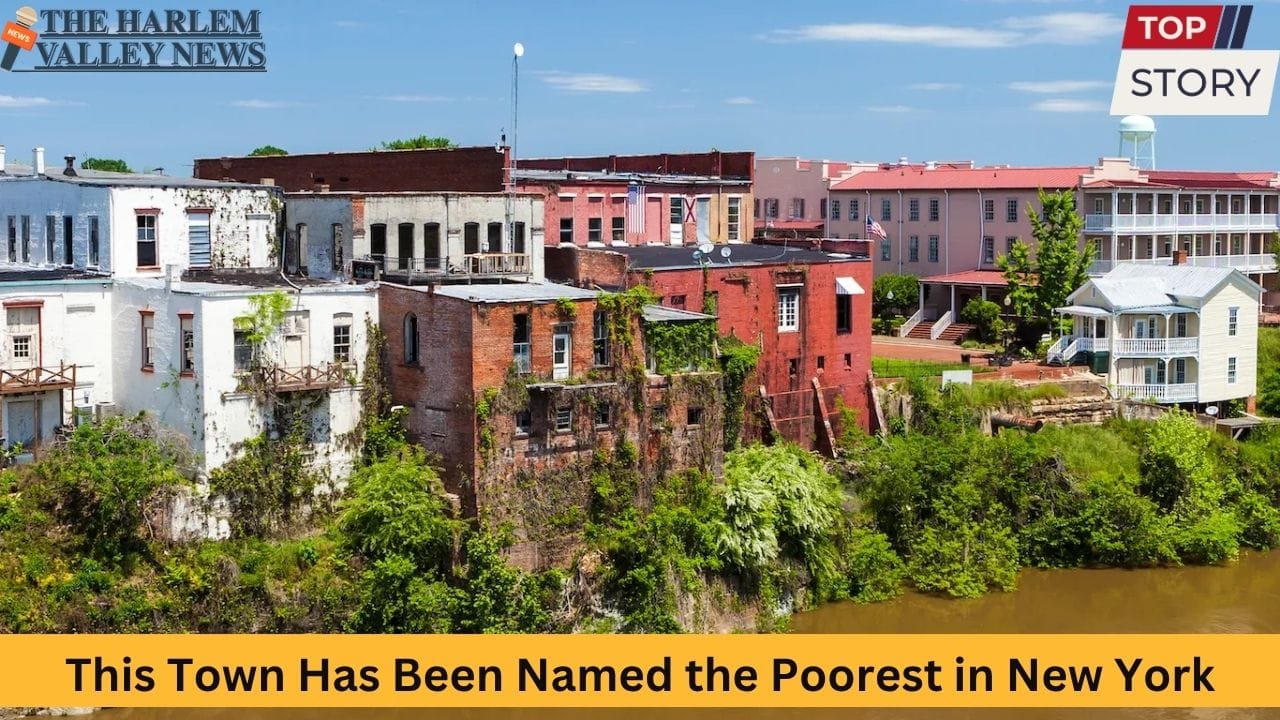

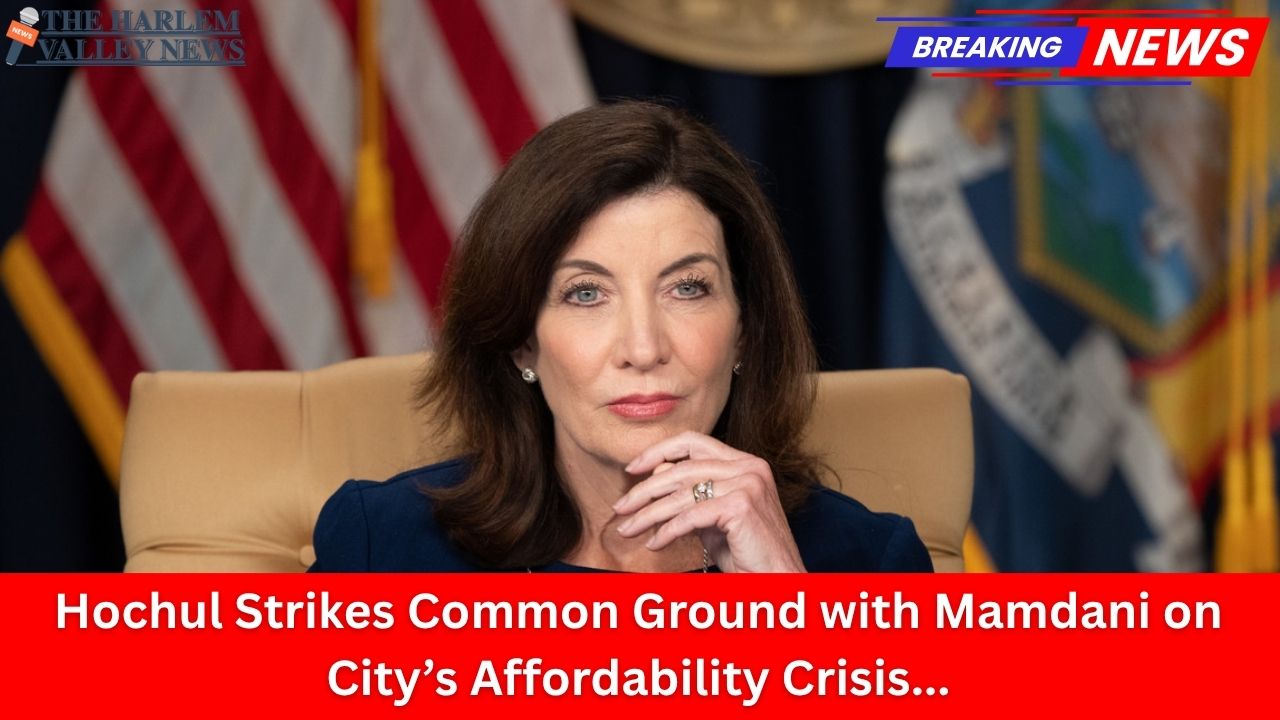






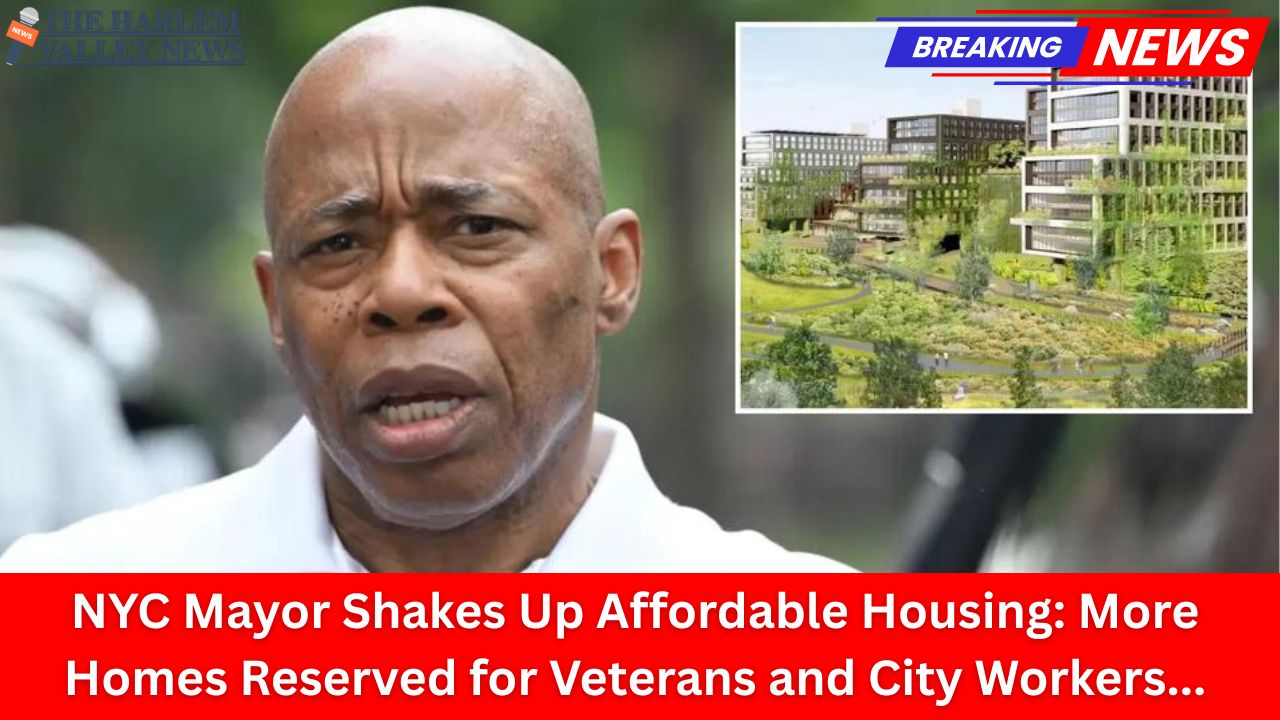


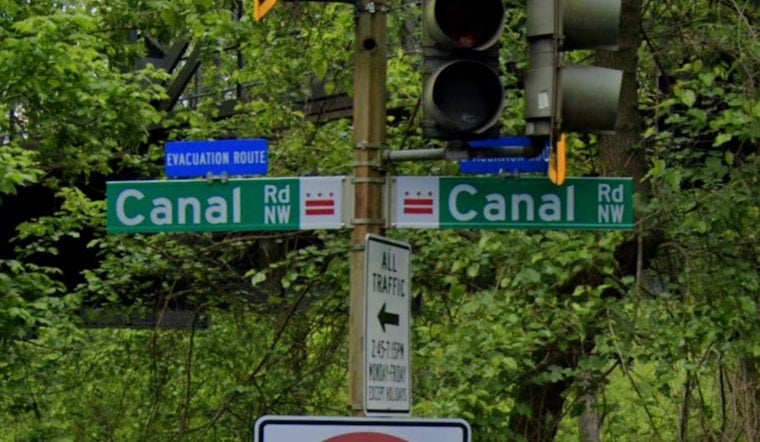
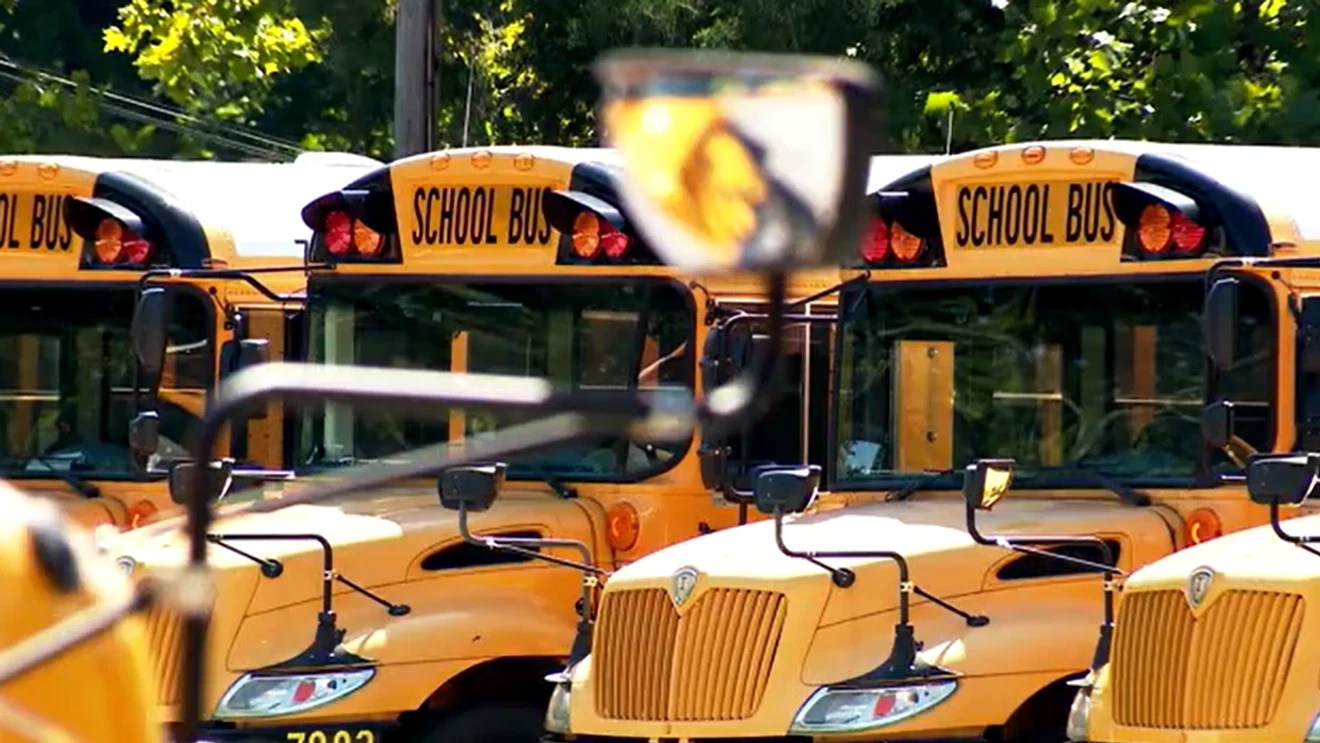
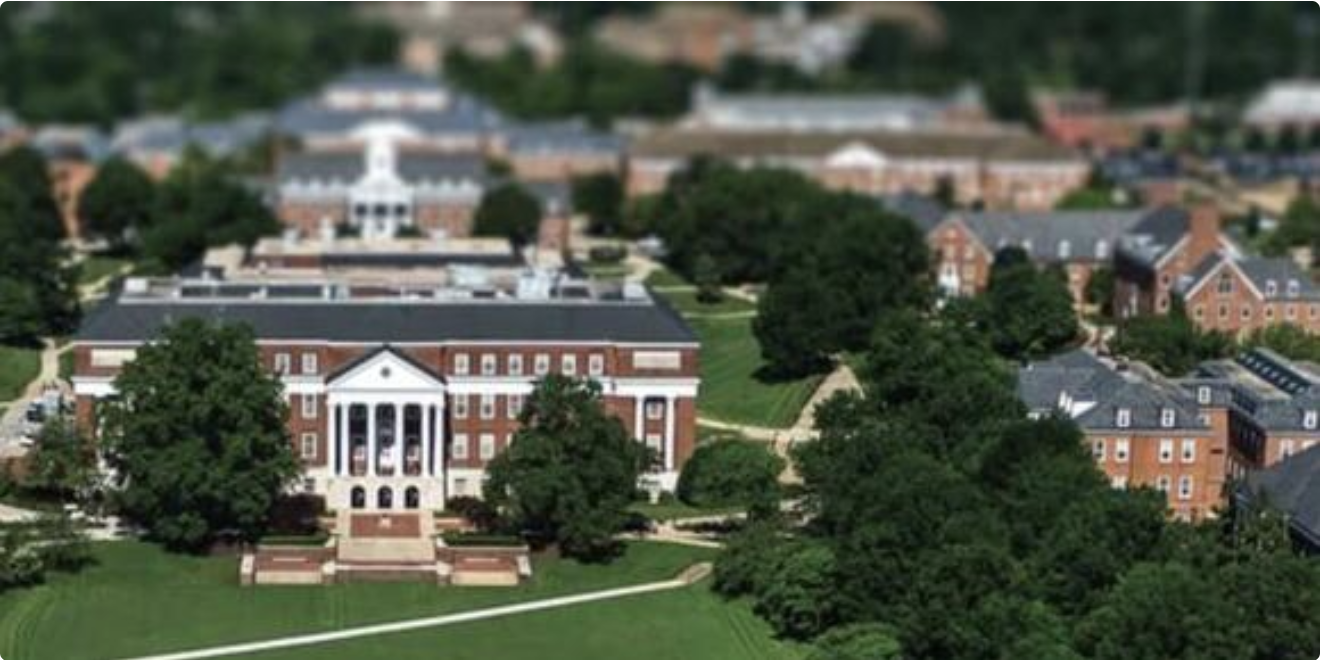
Leave a Reply